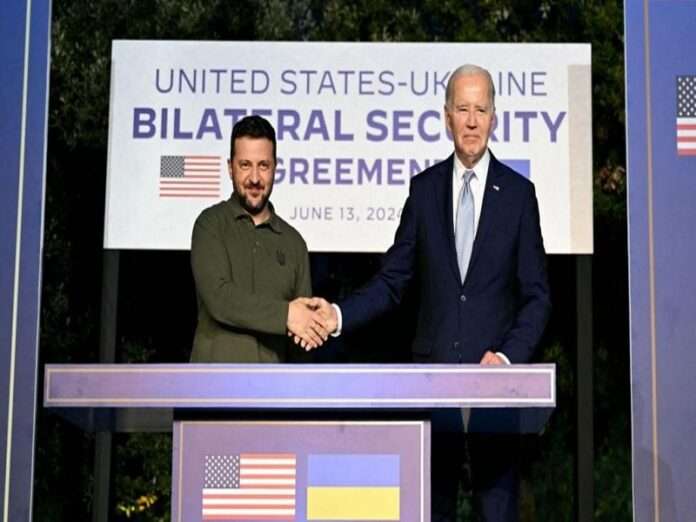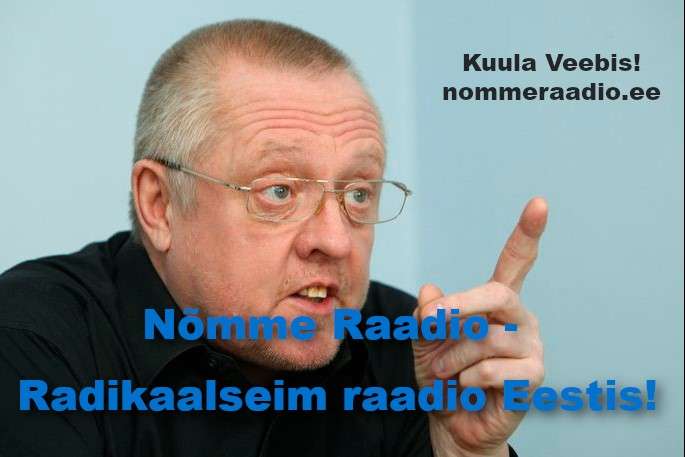Zelensky celebrated his country’s new security pact with the US on Thursday as “bring[ing] our relations to the level of a true alliance”, but the reality is that it’s just a consolation for the US not approving Ukraine’s NATO membership, which would give it much more meaningful mutual defense commitments. The full text can be read here while the fact sheet can be read here, and upon doing so, the reader will learn that the US is simply formalizing the support that it’s been giving Ukraine since February 2022.
There’s no obligation for the US to dispatch troops to Ukraine if it enters into another round of hostilities with Russia sometime after the ongoing one finally ends. To be sure, NATO’s Article 5 doesn’t obligate the same either, but the US would be under much more pressure to directly aid Ukraine if it were an official military ally, which is why Russia was always so strongly opposed to that country’s membership. The latest pact therefore just maintains Ukraine’s role as NATO’s anti-Russian proxy.
As was observed in mid-January after Ukraine reached its first such agreement with the UK, “Ukraine’s Hoped-For ‘Security Guarantees’ Aren’t All That They Were Hyped Up To Be”. The precedent established by that pact set the stage for all those that followed, including this latest one with the US. The bombshell that Biden dropped in early June about how peace in Ukraine “doesn’t mean NATO, they are part of NATO”, leaves no doubt that the US prefers keeping that country outside of the bloc.
From the American perspective, Ukraine has much more strategic utility functioning as NATO’s anti-Russian proxy than as an official military ally which the US would then feel pressured to directly support in the event of another conflict with Russia due to the public’s interpretation of Article 5’s commitments. In other words, NATO’s proxy war on Russia through Ukraine would end if that country joined the bloc, but from Russia’s perspective, Kiev could unilaterally resume it in order to provoke a serious crisis.
Neither the US nor Russia wants Ukraine in NATO, each for different reasons, yet the US wants to continue militarizing Ukraine so that it can keep waging NATO’s proxy war on Russia while Russia wants to demilitarize Ukraine in order to end Ukrainian-emanating NATO proxy threats to its security. It’s the natural friction between these two’s goals that’s driving the ongoing conflict, which is expected to drag on since they’re unable to achieve their maximum objectives but also don’t want to curtail them either.
NATO can’t strategically defeat Russia through Ukraine due to its loss in the “race of logistics”/“war of attrition”, which now sees Russia producing three times as many shells at one-quarter of the cost, so it can only settle for perpetuating the proxy war until Russia achieves a breakthrough. As for Russia, it can’t fully demilitarize Ukraine since NATO could conventionally intervene to asymmetrically partition the country if a breakthrough occurs, thus keeping part of Ukraine militarized under NATO’s umbrella.
Nevertheless, the aforementioned scenario could lay the basis for a ceasefire agreement if NATO forces remain west of the Dnieper while Ukraine withdraws its heavy weaponry over the river to demilitarize the eastern bank that politically remains under Kiev’s control. Russia might consider the massive buffer zone which would be created in the latter’s wake to be an acceptable compromise on its maximalist objective of demilitarizing all of Ukraine so long as NATO tacitly recognizes its new borders.
Although NATO is loath to take responsibility for any part of Ukraine due to the US wanting to avoid creating the fait accompli of that country’s membership in the bloc, it might settle for this “sphere of influence” on those terms after all that it’s invested thus far than risk losing it. The US’ newly clinched security deal with Ukraine also increases the odds of this happening since there’s now more pressure than ever on the US to prevent Russia from inflicting a strategic defeat on NATO through Ukraine.
Ukraine’s de facto membership in NATO, which would occur if part of the country came under its control in the asymmetrical partition scenario that was described, would still pose the same strategic dilemma that the US and Russia both wanted to avert by keeping it outside of the bloc for different reasons. It would therefore be incumbent on the US to force its proxy to withdraw its heavy weaponry deeper inside Western Ukraine in order to reduce the chances of it unilaterally striking Russia to provoke a crisis.
Returning to each side’s perspective that was earlier touched upon, the US’ compromise would be to abruptly halt its proxy war and tacitly recognize Russia’s new borders, while Russia’s would be to accept that part of Ukraine will remain militarized but only in exchange for a massive buffer zone. While this trade-off is rational and pragmatic, it can’t be taken for granted that their policymakers have the political will to pursue it, let alone that they’re even aware of this proposal to begin with.
There’s also the danger that World War III could break out by miscalculation during the brief partition phase of this scenario if it’s carried out ad hoc between NATO, Russia, and Ukraine. That’s why it’s imperative for a truly neutral third party like India to help coordinate the first’s intervention up to the Dnieper, the second’s restraint in not maximally exploiting the breakthrough that could trigger the aforesaid, and the third’s withdrawal of heavy weaponry over the river in that event.
Best-case scenarios rarely transpire so it would likely be that the sequence of events mentioned above would largely play out ad hoc, though with a select group of countries individually working to convey each side’s red lines to the other in order to help control mutual escalations. If NATO crosses the Dnieper or Russia exploits its breakthrough to once again march on Kiev or even Odessa, then their counterpart might escalate in self-defense (falsely perceived in NATO’s case) and thus provoke a serious crisis.
It’s only if NATO-Russian tensions remain manageable in the breakthrough-intervention scenario that the Ukrainian part could come into play with the bloc then ordering Kiev to withdraw its heavy weaponry over the river in order to complete the country’s asymmetrical partition by creating a massive buffer zone. That said, NATO might not make such an order or Kiev could refuse, in which case Russia would likely continue advancing until NATO crosses the Dnieper or Ukraine withdraws its heavy weaponry.
Circling back to the lede, while the US’ security pact with Ukraine is indeed consolation for not approving its NATO membership, this deal paradoxically increases the possibility that Ukraine will become a de facto NATO member despite the US wanting to avoid that through these means. The US would be more pressured than ever to approve a conventional NATO intervention if Russia achieves a breakthrough instead of risk losing all of Ukraine, which could result in part of it coming under NATO’s control.
By formalizing the US’ existing support for Ukraine, which is aimed at perpetuating NATO’s proxy war on Russia, the US raises its reputational stakes in the conflict to the point where it couldn’t accept Russia inflicting a strategic defeat on it by fully demilitarizing Ukraine. It’s therefore more likely than ever to either directly intervene if Russia achieves a breakthrough or at least authorize its NATO allies to so, thus escalating everything towards uncertain ends that can either result in a ceasefire or World War III.








